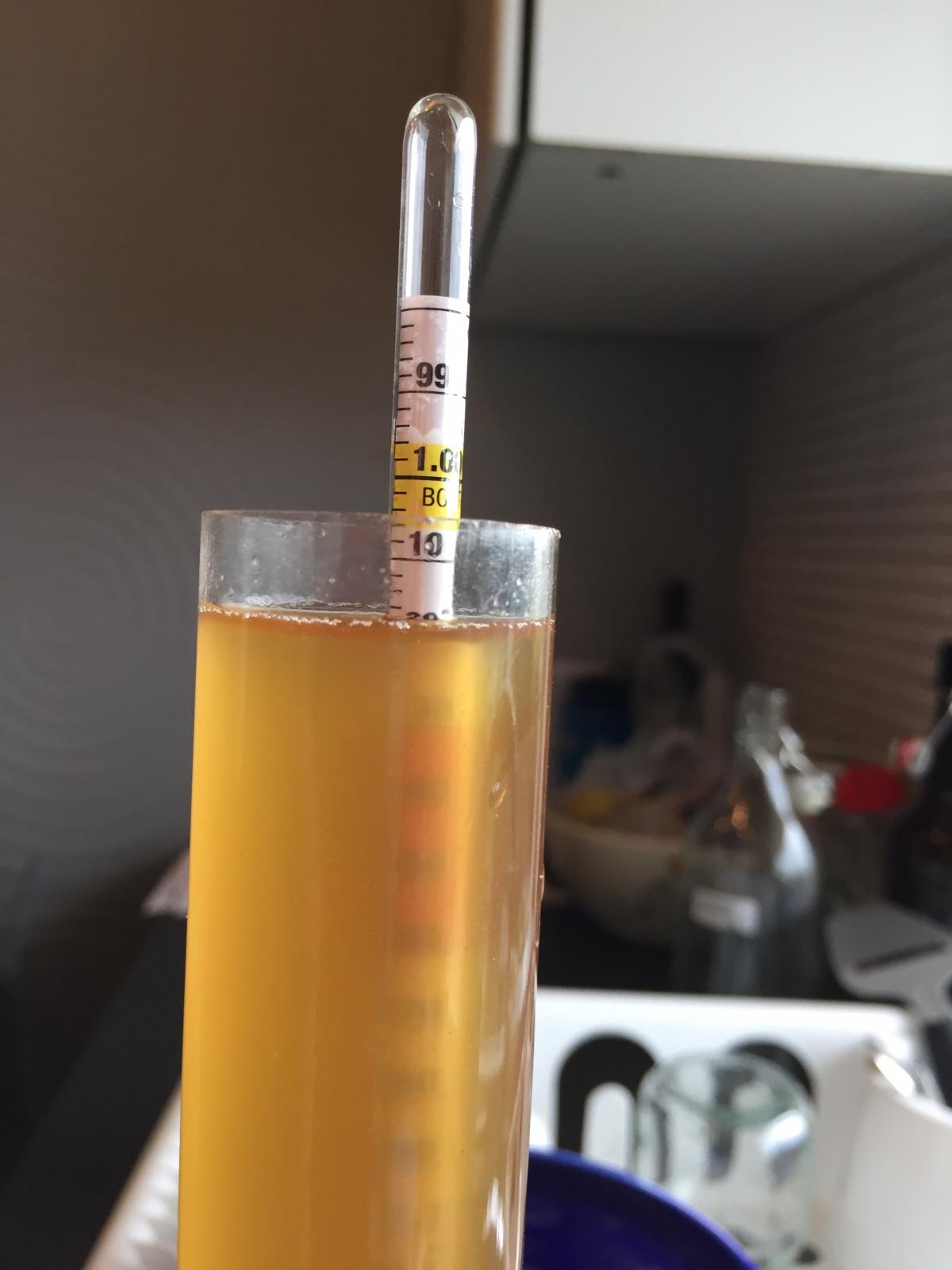God morgen joshesmusica!
How is it going with you kveik?
Whats the end result, especially taste and attenuation.
Would you mind sharing your FIL Jule-Ol Brown Ale recipe?
best regards
Jan
Actually, I went to check on it on day 14, and completely infected. Doesn't make any sense, I've been extra careful this time around with everything. I'm really starting to wonder if the guy I'm getting it from has a small infection and doesn't know it yet. I built up the starter for this batch in order to save some back. I'll propagate that bit and see what happens. My wife is currently in a biology class and has access to microscopes. So we're actually planning on take a sample there and seeing if her teacher can help us diagnose this.
But, I went ahead and kegged it. I dry hopped in the keg, hoping that would help ward of the bacteria for some time. And I'll just try to drink it as quickly as possible, then I'll take apart the keg and do a very thorough cleaning of every single small part, and like replace any rubber.
Here is the recipe for the current kegged batch, if anybody's interested. I highly recommend this hop combo!:
Batch Size (fermenter): 25.00 l
Bottling Volume: 24.17 l
Estimated OG: 1.061 SG
Estimated Color: 12.8 EBC
Estimated IBU: 19.3 IBUs
Brewhouse Efficiency: 60.00 %
Est Mash Efficiency: 64.6 %
Boil Time: 60 Minutes
Ingredients:
------------
Amt Name Type # %/IBU
3.50 kg Pale Malt, Maris Otter (Thomas Fawcett) Grain 1 43.8 %
3.50 kg Wheat Malt, Ger (3.9 EBC) Grain 2 43.8 %
0.30 kg Acidulated (BestMalz) (3.0 EBC) Grain 3 3.8 %
0.30 kg Caramel Light (BestMalz) (30.0 EBC) Grain 4 3.8 %
0.30 kg Wheat, Flaked (3.2 EBC) Grain 5 3.8 %
0.10 kg Caramel Dark (BestMalz) (90.0 EBC) Grain 6 1.2 %
15.00 g Pacific Gem [15.00 %] - Boil 60.0 min Hop 7 14.3 IBUs
20.00 g Cascade [5.50 %] - Boil 5.0 min Hop 8 1.4 IBUs
20.00 g Galaxy [14.00 %] - Boil 5.0 min Hop 9 3.6 IBUs
20.00 g Cascade [5.50 %] - Steep/Whirlpool 0.0 Hop 10 0.0 IBUs
20.00 g Galaxy [14.00 %] - Steep/Whirlpool 0.0 Hop 11 0.0 IBUs
1.0 pkg Kveik Yeast 12 -
30.00 g Cascade [5.50 %] - Dry Hop 7.0 Days Hop 13 0.0 IBUs
Mash Schedule: BIAB, Medium Body
Total Grain Weight: 8.00 kg
----------------------------
Name Description Step Temperature Step Time
Saccharification Add 23.84 l of water at 73.6 C 66.7 C 75 min




























![Craft A Brew - Safale BE-256 Yeast - Fermentis - Belgian Ale Dry Yeast - For Belgian & Strong Ales - Ingredients for Home Brewing - Beer Making Supplies - [3 Pack]](https://m.media-amazon.com/images/I/51bcKEwQmWL._SL500_.jpg)





























